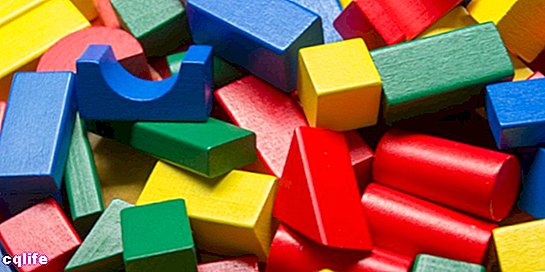We explain what geometric figures are and the ways in which they can be classified. Also, some examples of these figures.

What is a geometric figure?
A geometric figure is the visual and functional representation of a non-empty and closed set of points in a geometric plane. That is, figures that delimit plane surfaces through a set of lines (sides) that connect their points in a specific way. Depending on the order and number of these lines, we will talk about one figure or another.
Geometric figures are the working material of geometry, a branch of the math that studies the representational planes and the relationships between the forms that we can imagine in them. They are, therefore, abstract objects, according to which our perspective and our way of spatially understanding the environment are determined. universe that surrounds us.
Geometric figures can be classified according to their shape and number of sides, but also based on the number of dimensions represented, being able to speak like this of:
- Dimensionless figures (0 dimensions). It basically refers to the point.
- Linear figures (1 dimension). These are straight lines and curves, that is, lines with a certain orientation and path.
- Flat figures (2 dimensions). Polygons, planes, and surfaces, which lack depth but have measurable length and width.
- Volumetric figures (3 dimensions). Three-dimensional figures add depth and perspective to the matter, and can be considered geometric bodies, such as polyhedra and solids in revolution.
- N-dimensional figures (n-dimensions). These are theoretical abstractions endowed withn quantity of appreciable dimensions.
We should note that to define geometric figures, abstractions such as the point, the line and the plane are often used, which are in turn considered figures of geometry.
Examples of geometric figures

Some examples of geometric figures are:
- Triangles. Flat figures characterized by having three sides, that is, three lines in contact forming three vertices. Depending on the type of angle that they build may be equilateral triangles (three equal sides), isosceles (two equal and one different) or scalenes (all unequal).
- Squares. These plane figures are always identical in proportion but not in size, having four sides necessarily of the same length. Its four angles will then be right angles (90 °).
- Rhombuses Similar to the square, they have four identical sides in contact, but none constitute right angles, but acute and two obtuse.
- Circumferences. It is a flat curve closed on itself, in which any chosen point on the line is the same distance from the center (or axis). It could be called a perfect circle.
- Ellipses. Closed curves similar to the circumference, but with two axes or centers instead of one, generating a flattened or elongated spheroid, depending on whether it rotates around its minor or major axis, respectively.
- Pyramids Three-dimensional geometric bodies formed by a quadrangular base and four isosceles triangles that act as sides.
